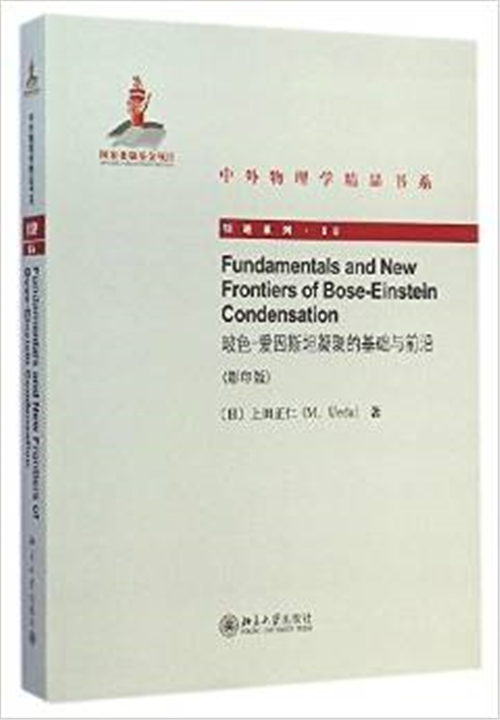玻色-爱因斯坦凝聚的基础与前沿(英文版) [2015-06-09] |
|
索书号 O4/Z698/v.56 Preface v |
首 页 >> 上架新书






